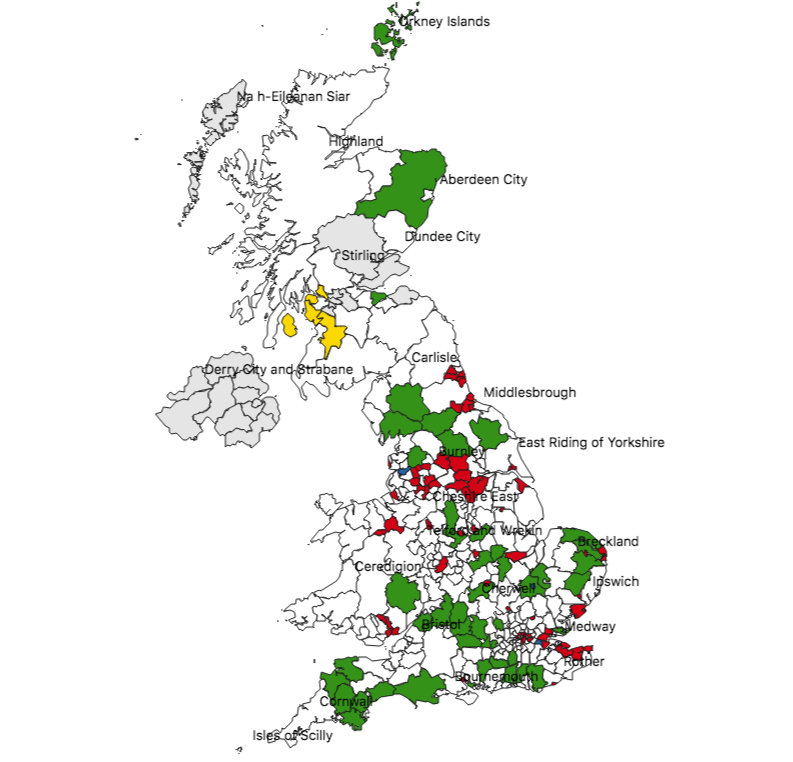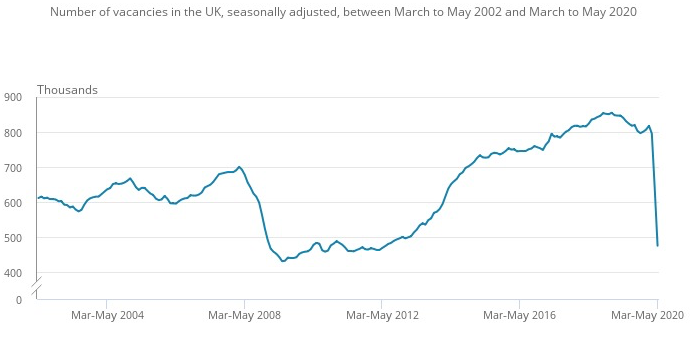Source: Office for National Statistics – Labour Force Survey
Vacancies are approaching a recession level reduction, and estimates by the Institute for Fiscal Studies state that employees under the age of 25 were “about two and a half times as likely to work in a sector that is now shut down” compared to other employees. The class of 2020 who have left school, and all unemployed youth, today in June 2020 face a daunting and vulnerable time, and therefore we believe action needs to be taken now.
But please don’t take our word for it.
Here below are the words of a social worker, an academic and a policeman.
Craig Pinkney is a Birmingham based youth worker and criminologist, and a well-respected lecturer from the University of Birmingham. He says:
“I believe that a public health approach needs to be community-led and academically driven. Not using the community, but working with them in all interventions and services designed to respond to the issues faced by young people. It shouldn’t be done in a tokenistic way.”
Please also consider the views of Dr Simon Harding, Director of the National Centre for Gang Research. Simon describes how outside London, in areas such as Birmingham, gang tensions are expected to rise, along with a resurgence in crime following a quieter period during the lockdown. He says it is believed that “rival groups recruited “low-performing” children while out of school and are now preparing to exploit rising numbers of unemployed youngsters.”
Guardian 16th May 2020 “UK police fear explosion of violent crime as lockdown eases”
A senior policeman, Chief Superintendent Ade Adelekan writes: “The journeys of some of these young people embroiled in knife crime and gangs are quite similar. Excluded from school, no significant role model in their life, move from place to place, involved in petty crime very early on, come from a household known to social services. All those things, you look at the pattern, it’s all the same. Police have a role, but every profession, every agency has a role to play, so hopefully, we intervene in the right places.”
What next?
At Global MapAid, we want to illustrate and understand these youth situations and problems through the production of our maps.
But more than that, we want to map the solutions and vitally where there are gaps in solutions.
Is there a map that you think would be useful to see?
If so, please get in touch and we will be happy to discuss your ideas and don’t forget to subscribe to our email newsletters.




